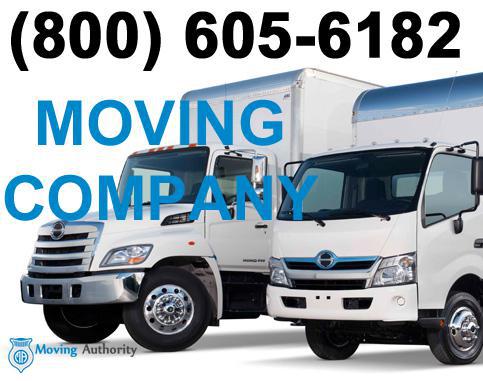
Custom Delivery
4/5
(206) 762-9206
(206) 762-9206
4786 1ST Ave S
Company's Membership needs to be upgraded. Please Become a Member pressing below.
Become a member<a href="/best-movers/Washington/Seattle/custom-delivery-reviews/"><img width="150" height="133" src="/static/common/images/badge-1.webp" alt="MovingCompany" /></a>To see full content of an review, just click on card that you want to see.

Add a Review